Pearl Guinea
Pearl Guineas, which are sometimes called Pearl Gray Guineas, are the best-known variety of Guineas. The surface plumage background varies from dark slate gray to gleaming blue black and is uniformly spotted with bright white or pearly dots, which vary considerably in size on different areas of the plumage. The spots are ringed with black.
They have dark skin and game-like, all dark meat that is very tasty. Guineas, which are known as keets, are very active and easy to raise. After about 4 weeks of age, they require very little attention and will take care of themselves by hustling for their food. Some of the benefits of having a farm flock of guineas are as follows: very fine “watch dogs”, keep snakes away from the farm and consume grasshoppers, ticks (including those which carry Lyme Disease) and other insects.
Pearl Guinea
Physical Characteristics
-
Plumage: Pearl Guineas feature purplish-grey feathers adorned with white spots, giving them a “pearled” appearance.
-
Size: Adults typically weigh between 1.4 to 1.8 kg (3 to 4 lbs), making them manageable for small to medium-sized poultry setups.
Benefits
-
Pest Control: They are exceptional foragers, consuming insects, ticks, snails, and other pests, reducing the need for chemical pesticides.Hardiness: Adaptable to various climates, Pearl Guineas are hardy and can thrive in both rural and urban environments.
Reproduction
-
Egg Production: Pearl Guineas typically lay 25–30 eggs per season.
-
Incubation: The incubation period lasts 26–28 days, with chicks known as “keets.”
Care Tips
-
Housing: Provide a secure, predator-proof coop. They roost at night and require protection from predators.
-
Diet: Offer a mix of commercial poultry feed, grains, seeds, and access to forage. Fresh water should always be available.
-
Social Behavior: They are social birds and thrive in flocks. Keeping them in groups prevents loneliness and stress.

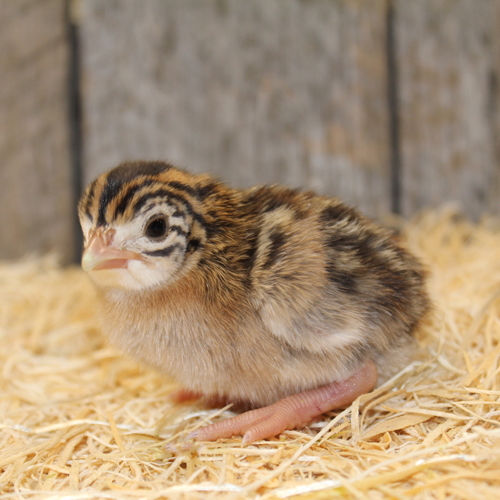



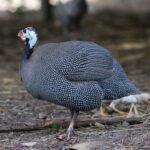
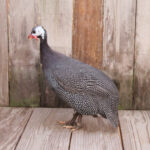
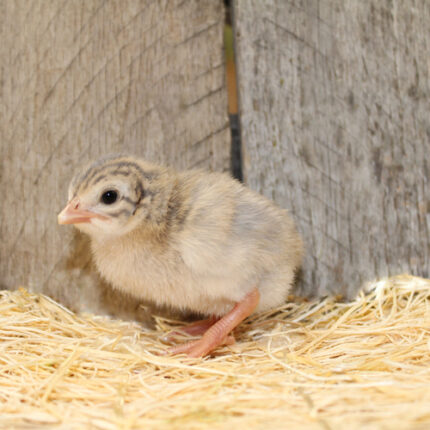
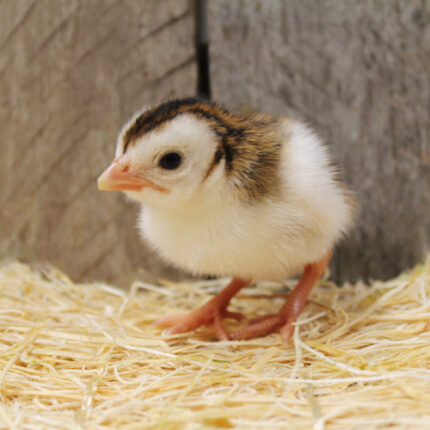


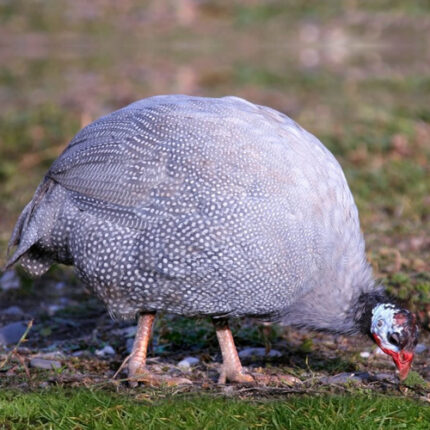
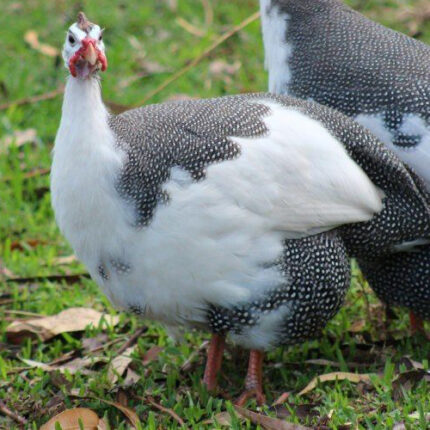
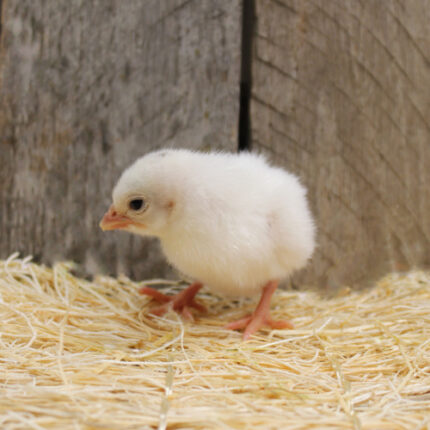
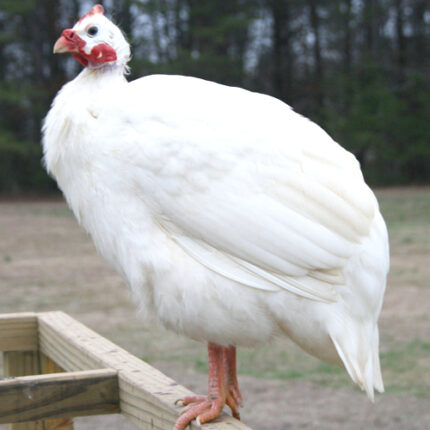
Reviews
There are no reviews yet.